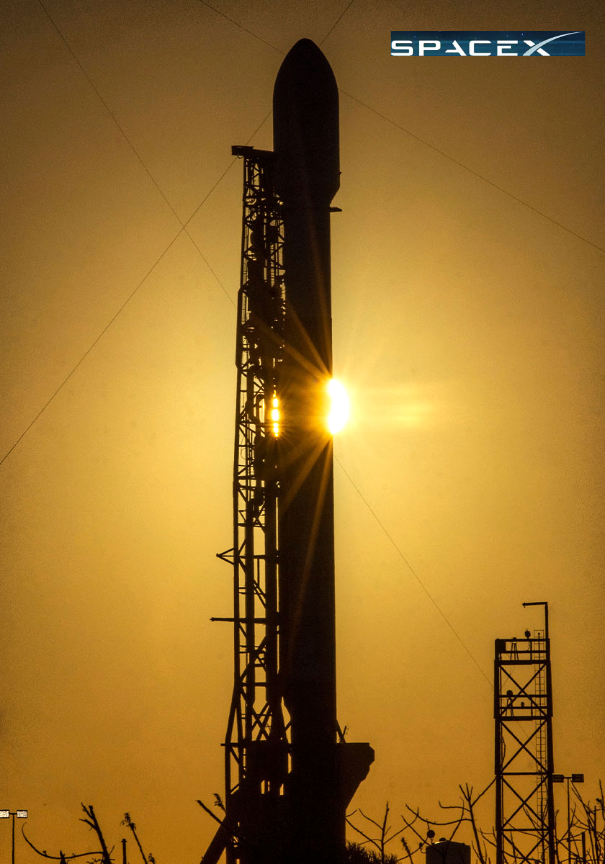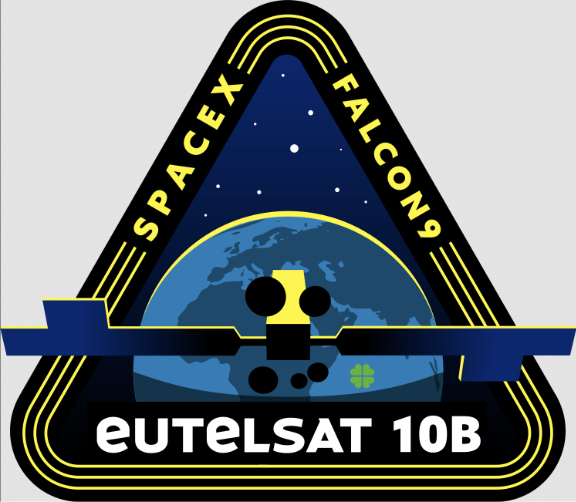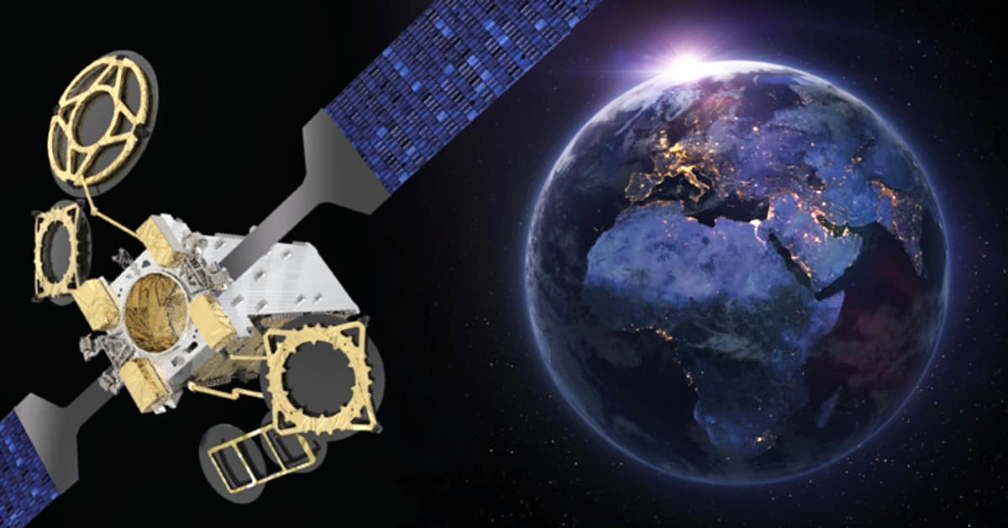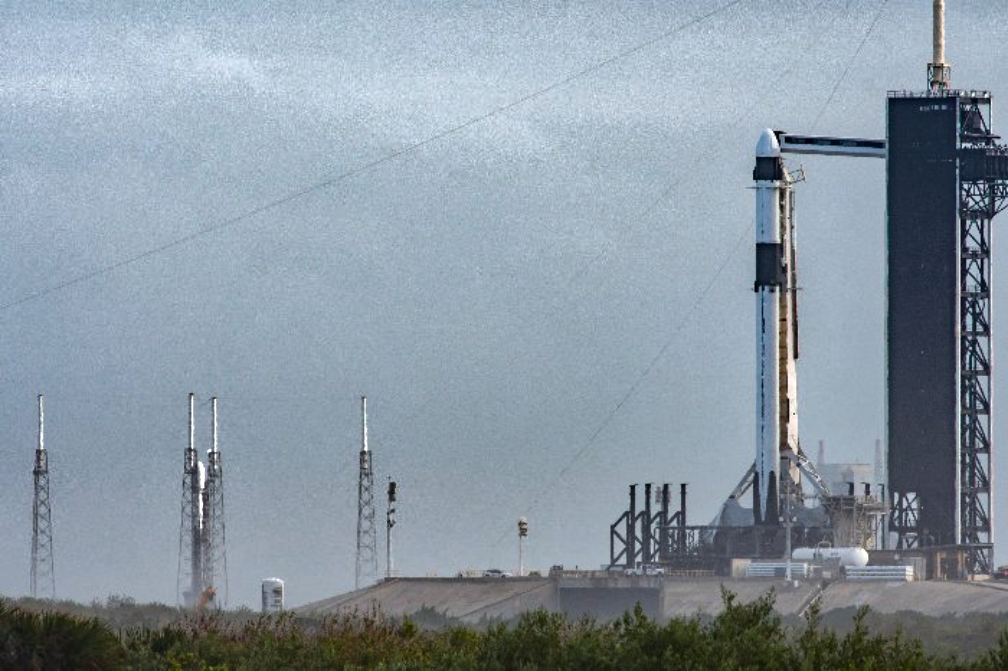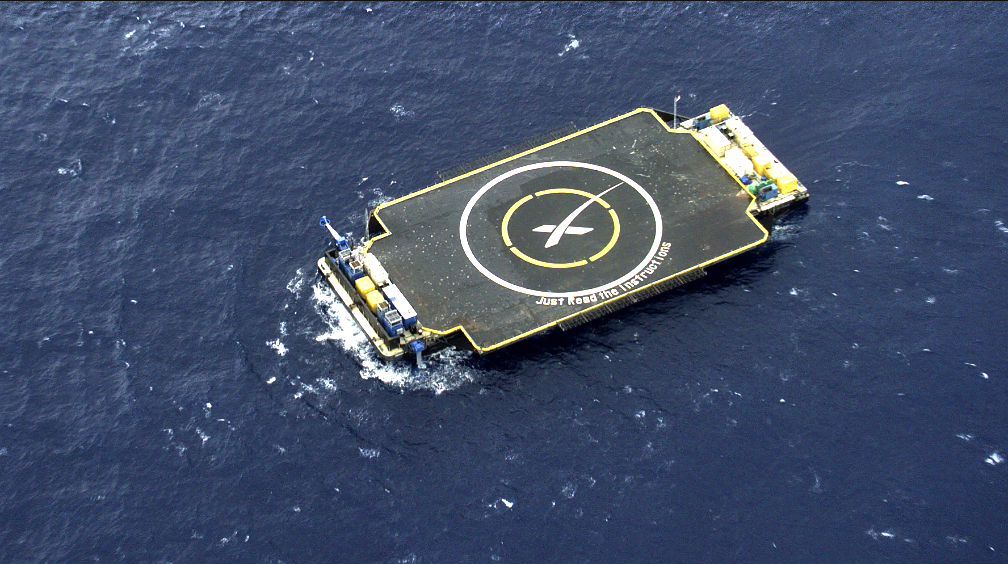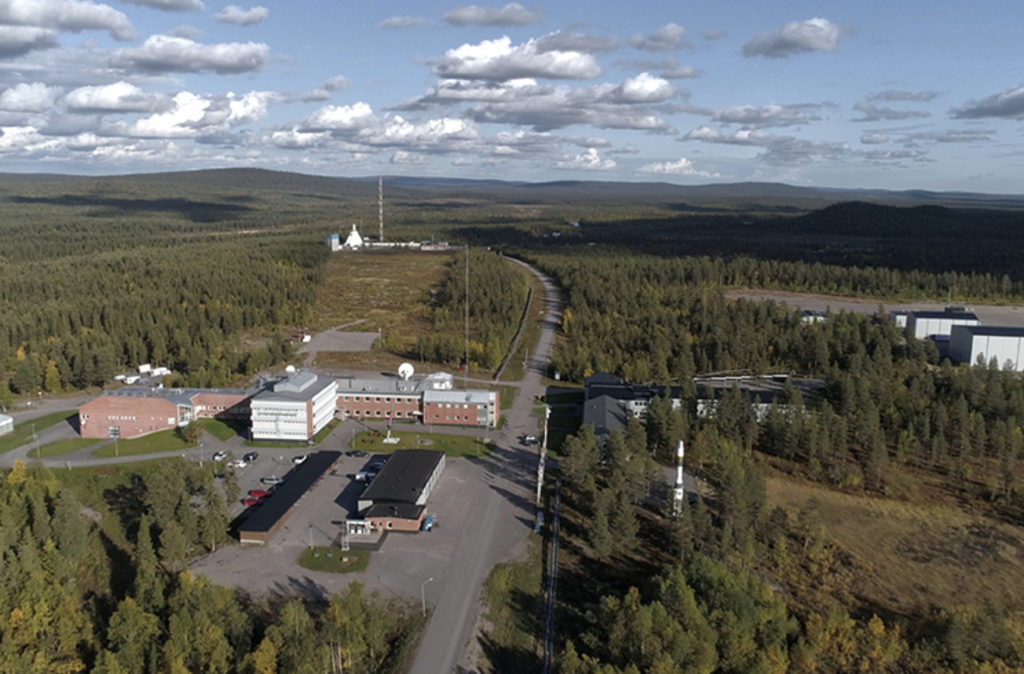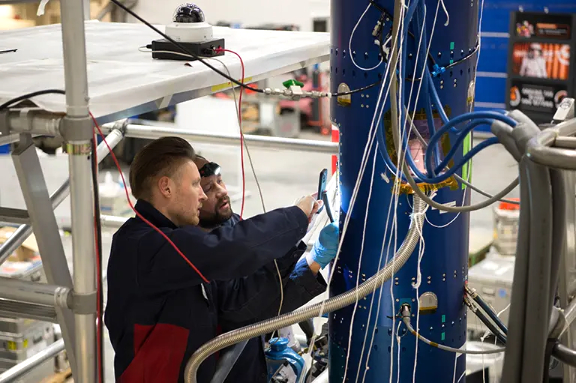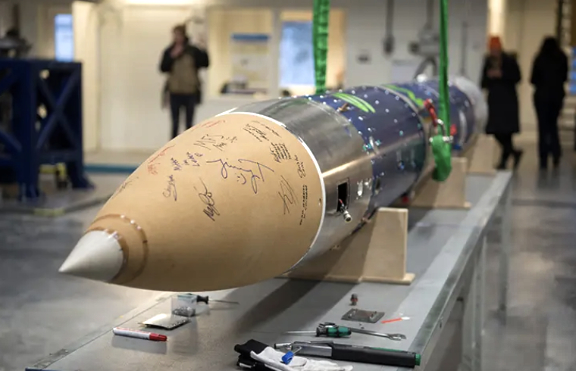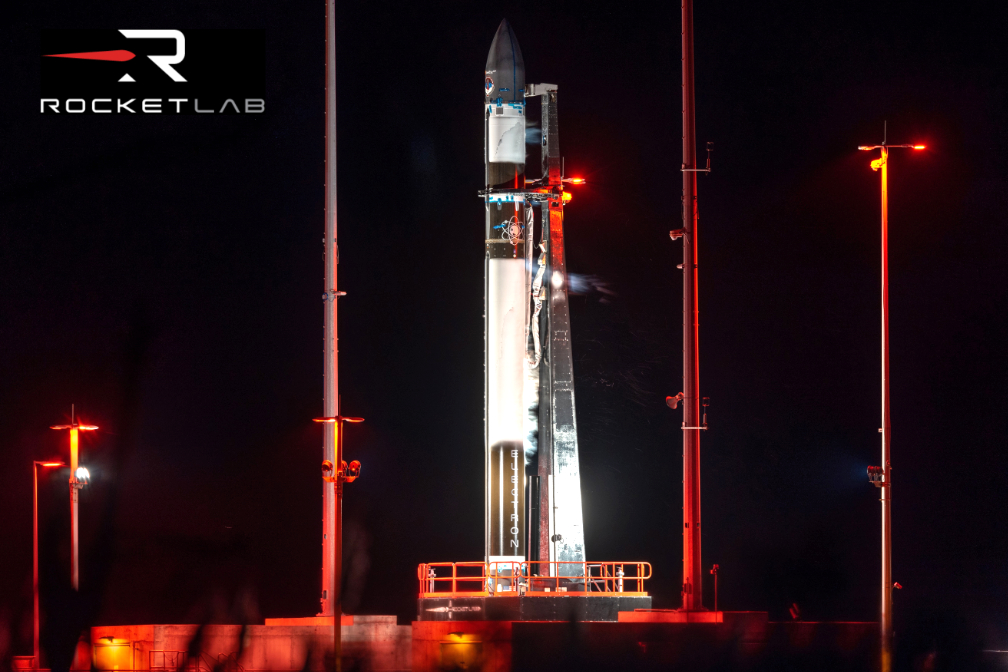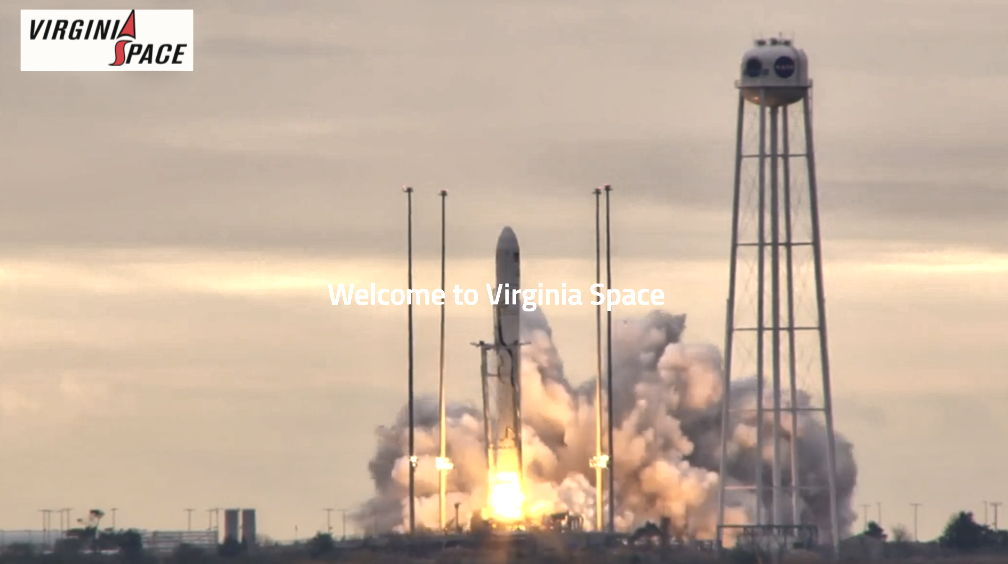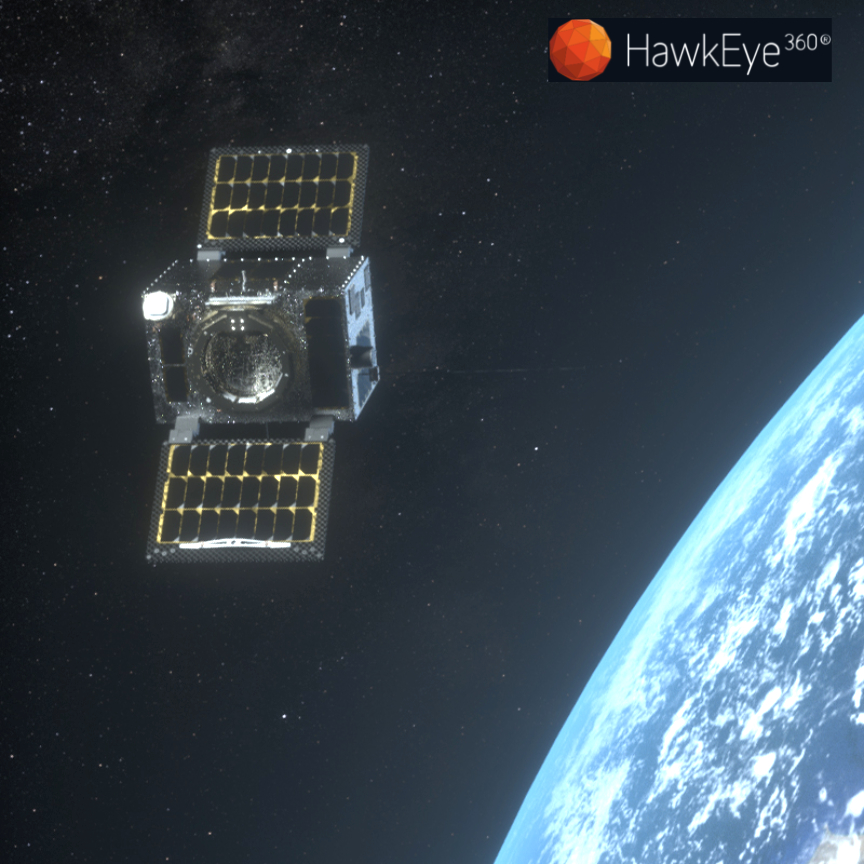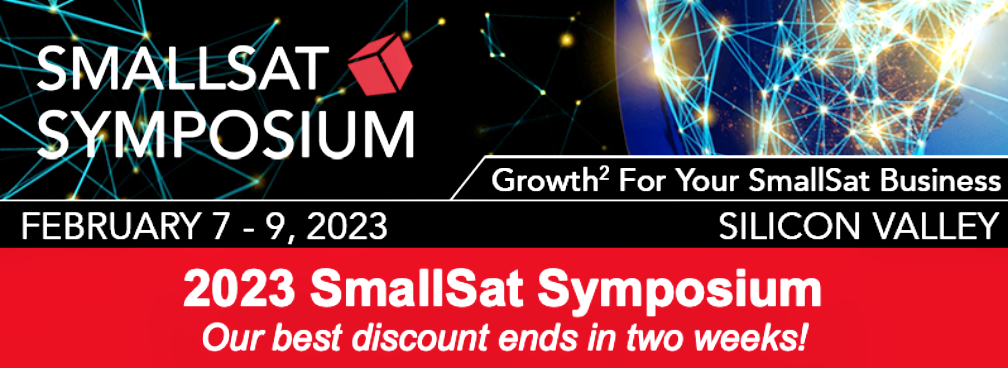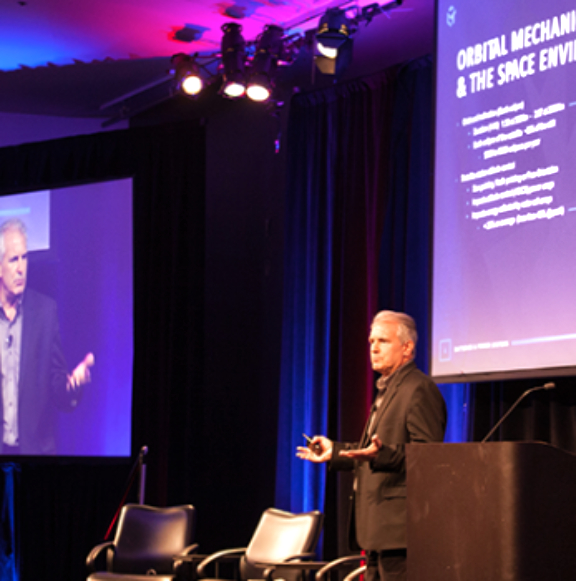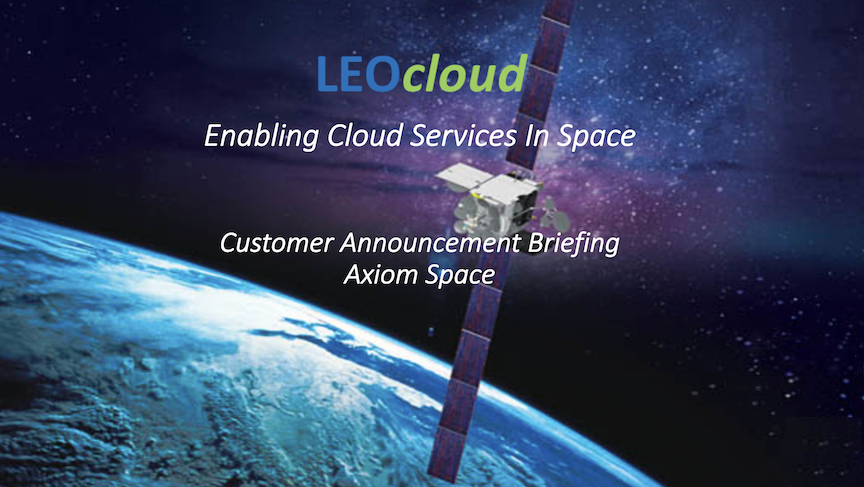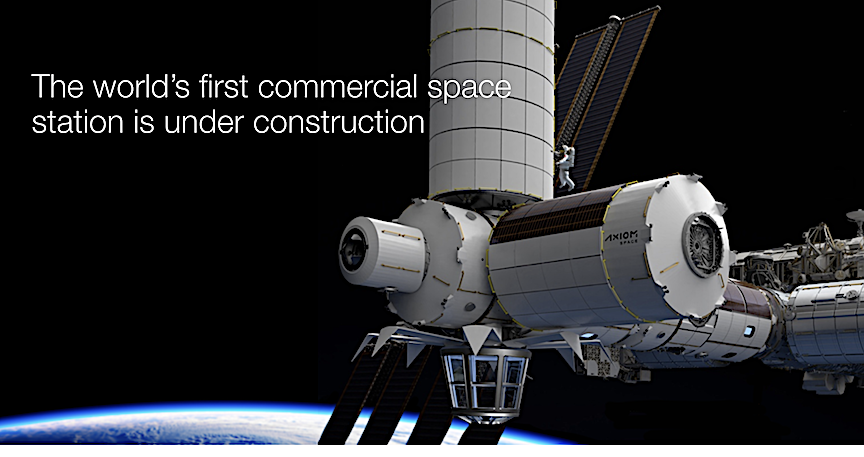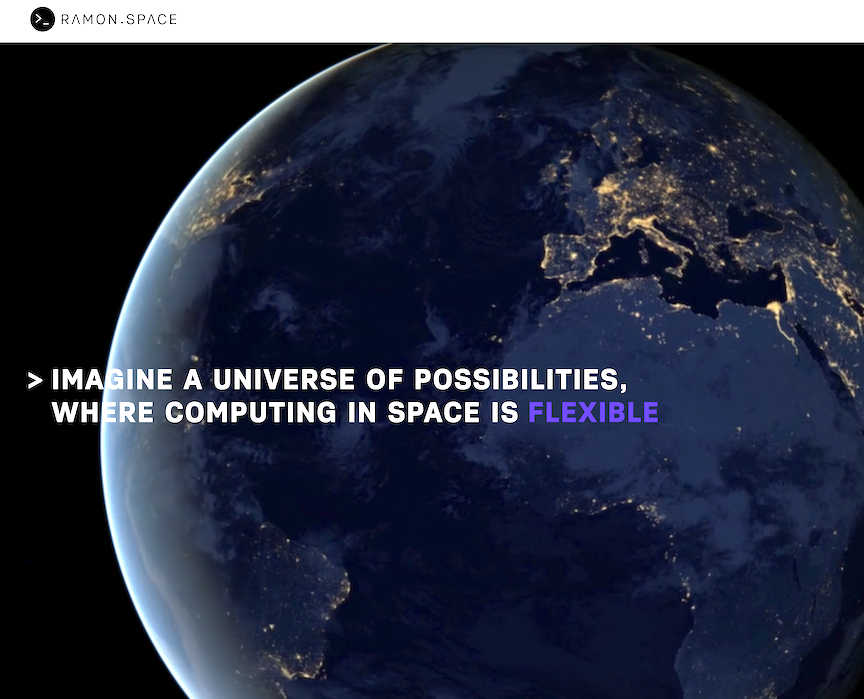
Momentus Inc. has signed a contract with the CUAVA Training Centre at the University of Sydney to deploy the CUAVA-2 cubesat to LEO in October 2023.
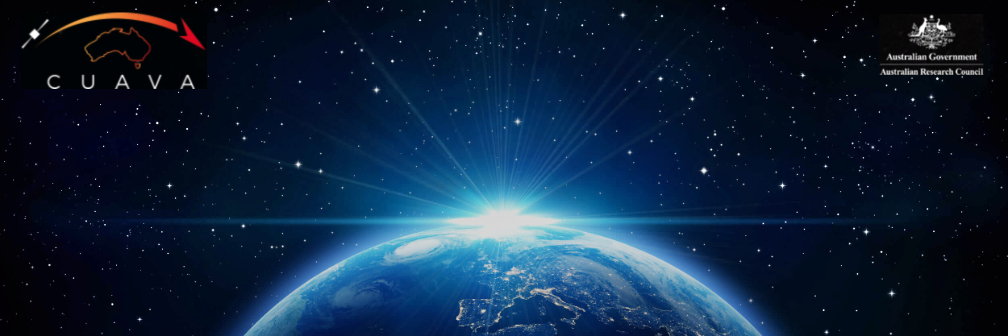
CUAVA is the Australian Research Council Training Centre for CubeSats, Uncrewed Aerial Vehicles, and their Applications and is a partnership centered at the University of Sydney that aims to fundamentally change the capabilities and applications of cubesats to create major, commercial value, with wide applications.
CUAVA-2 is a 6U cubesat with two primary payloads…
(1) A Hyperspectral Imager developed by the Space Photonics group (SAIL) in the School of Physics at the University of Sydney to demonstrate a novel imager and provide high resolution spatial and spectral data for applications across agriculture and forestry, coastal and marine environments, urban areas, water hazards and mineral exploration
(2) A GPS Reflectometry payload developed by the Australian Centre for Space Engineering Research (ACSER) at the University of New South Wales. CUAVA-2 will be the second satellite to be launched by CUAVA, targeted for deployment from a Momentus Vigoride Orbital Service Vehicle that will launch aboard a SpaceX Falcon 9 rocket.

CUAVA-2 also carries multiple secondary payloads and technology demonstrations, including the Charge Exchange Thruster (CXT), the wide field-of-view CROSS star tracker, the Electron Density and Debris Instrument (EDDI), the Electro Permanent Magnetorquer, the Perovskites in Orbit Test (Port) payload of advanced solar cells, and a Radiation Counter and Data over Power-bus payload. These payloads were developed at the University of Sydney.
“Momentus is proud to partner with CUAVA, a leading Australian research center,” said Momentus Chief Executive Officer, John Rood. “Innovation and pushing the boundaries of technology is what we love to do at Momentus. We look forward to supporting CUAVA’s mission to use leading edge capabilities in space to improve life on Earth.”
“The CUAVA-2 CubeSat is the culmination of several years of hard work by the satellite team and our partners,” said CUAVA Director, Professor Iver Cairns. “We are looking forward with great excitement to the launch with Momentus, and to gathering unique data from the many advanced payloads and technology demonstrators on CUAVA-2 once in orbit.”
Momentus is a U.S. commercial space company that offers in-space infrastructure services, including in-space transportation, hosted payloads and in-orbit services. Momentus believes it can make new ways of operating in space possible with its in-space transfer and service vehicles that will be powered by an innovative water plasma-based propulsion system that is under development.
CUAVA is funded by the Australian Research Council. Working with Industry Partners, its mission is to train the next generation of workers in advanced manufacturing, commercial space, and uncrewed aerial vehicle (UAV) applications. In doing so, CUAVA will develop new instruments and technology to solve crucial problems, and develop a world-class Australian industry in CubeSats, UAVs, and related products. CUAVA has been in operation since December 2017, with headquarters at the University of Sydney.

